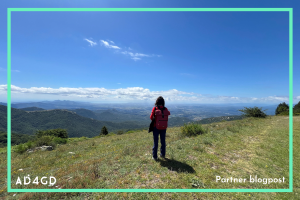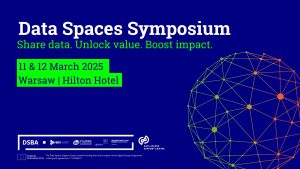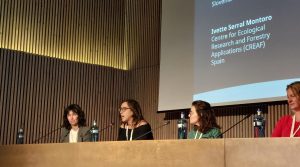This article has been co-written by Cédric Crettaz and Anna Brékine from IoT Lab (Geneva, Switzerland)
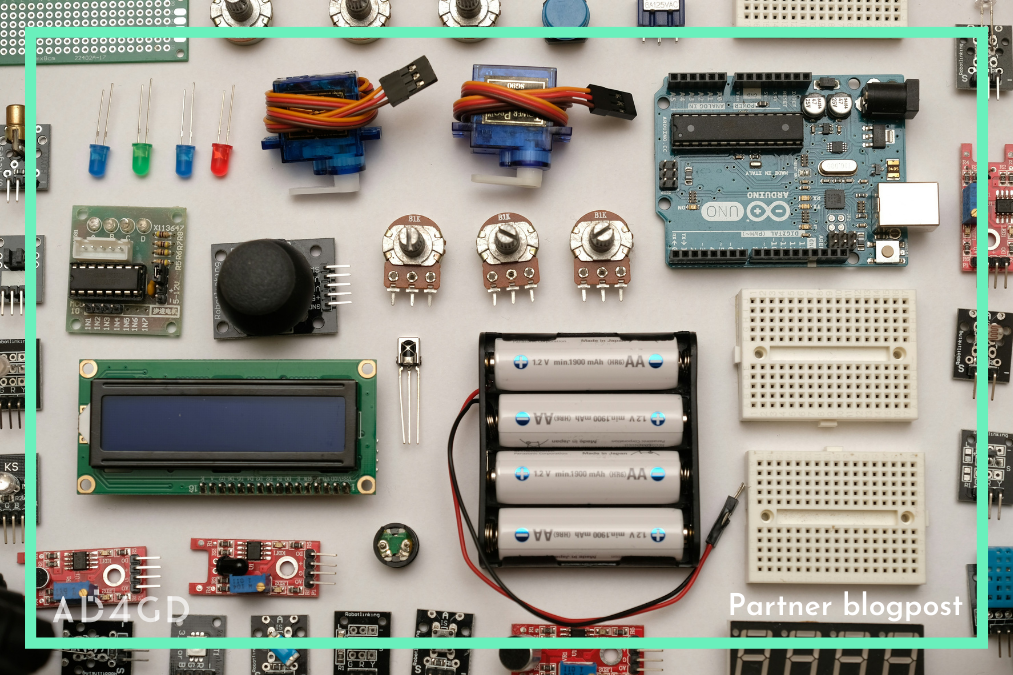
Internet of Things (IoT) plays an important role in the implementation of the Green Deal Data Space (GDDS). The data generated by IoT sensors can provide real-time information about the environment in a specific area. Besides, different kinds of IoT sensors measure different variables, such as air humidity or water temperature, and are deployed using specific communication protocols: what we usually call heterogeneity. Based on the live data coming from the heterogeneous IoT sensors, the local authorities can take immediate corrective actions when the received data indicate an abnormal situation in the monitored area. And this is only one of many possible uses of IoT sensors for environmental monitoring. Not only the live, but also the historical IoT data can be exploited in the research dedicated to the environment and other related topics. In the All Data 4 Green Deal (AD4GD) project we are including environmental monitoring through IoT sensors in our data ecosystem for the measurement of air pollution and water quality in small lakes.
IoT-generated data can provide real-time information about the environment in a specific area and help local authorities to take inmmediate corrective actions.
How to make your data “FROST”?
As we said, IoT sensors measure different kinds of variables, from where we obtain data. This data can be stored in a FROST server, as the one hosted by IoT Lab. A FROST server is an open-source implementation of the OGC SensorThings API (Application Programming Interface) made by the Fraunhofer IOSB (Institut für Optronik, Systemtechnik und Bildauswertung). A FROST server instance is running in the IoT Lab premises, which includes a specific plugin named STAplus (SensorThings API – PLUS). This plugin provides a data model extension that improves the implementation of the FAIR (Findability, Accessibility, Interoperability and Reusability) principles. The FAIR principles allow an easy sharing of open data across Europe and worldwide, managing notably the information associated with the data ownership and the licences.
The FROST server encompasses several interfaces using the well-known application protocols HTTP (Hypertext Transfer Protocol) and MQTT (Message Queue Telemetry Transport). Both protocols are largely used in the IoT community to push the data to different servers hosted in the cloud. The following schema presents the different logical parts of a FROST server:
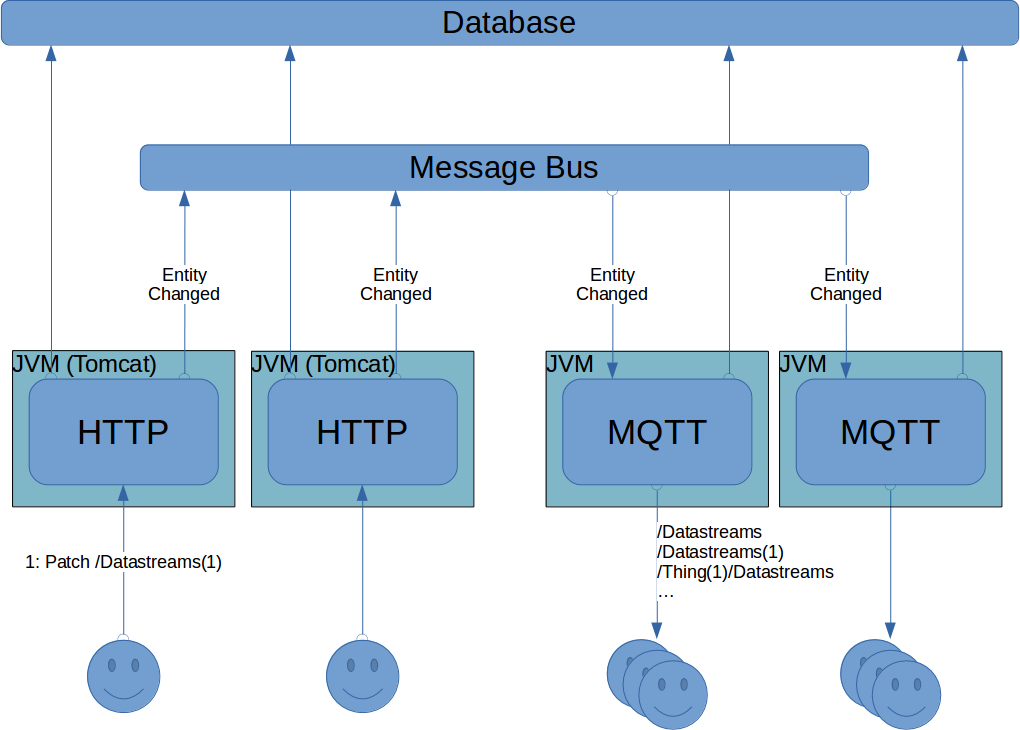
The data generated by the IoT sensors are sent to the message bus instantiated in the FROST server using the HTTP or MQTT communication protocols. Then, the data is stored in the database hosted by the FROST server. Each user can retrieve the saved data through the MQTT or HTTP communication protocols, which are both using the OGC SensorThings API. In this way, the FROST server is acting as a broker for the data transmitted through the OGC SensorThings API.
Standardised hardware for IoT
The IoT community uses several kinds of hardware and the developers have been working for many years to implement in them the OGC SensorThings API. Nevertheless, there are many sorts of IoT devices that are already using it. For example, IoT Lab has programmed some IoT devices to send experimental IoT data to its own FROST server as illustrated by the following picture:
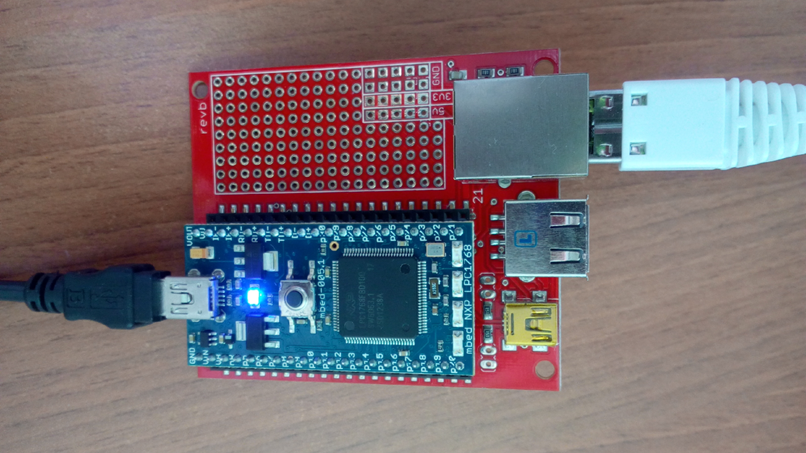
Programming such IoT devices to support the OGC SensorThings API is rather easy due to the simplicity of the OGC SensorThingsAPI. This API contains different protocols that facilitate the retrieval of the observations and metadata generated by the heterogeneous IoT sensors and to configure these IoT devices properly. Furthermore the OGC SensorThings API doesn’t require a lot of resources which is an advantage for constrained devices like IoT sensors.
IoT data and the AD4GD project
In the context of the AD4GD project, IoT Lab is working on integrating heterogeneous data provided by the different kinds of IoT sensors installed in work areas of the water and air quality project pilots, in water and air quality. This makes the OGC SensorThings API an important building block for the Green Deal Data Space; as through it, all the IoT data could be stored in a server such as the FROST server hosted by IoT Lab to facilitate data sharing among the different stakeholders of the Green Deal Data Space.


